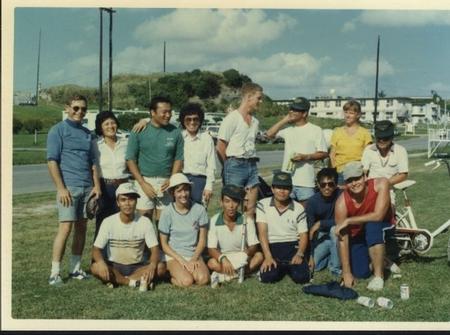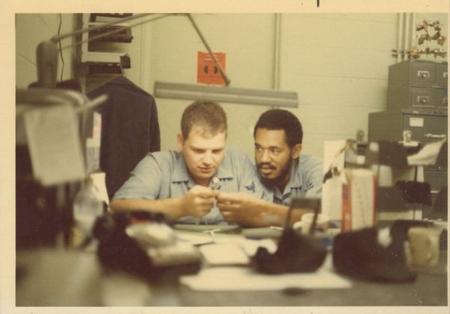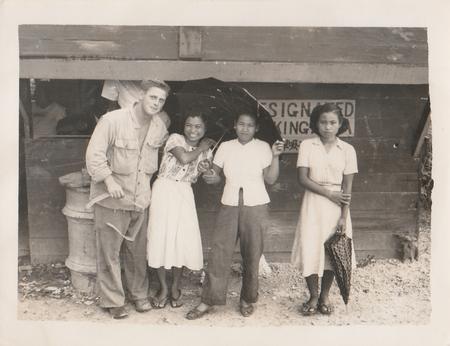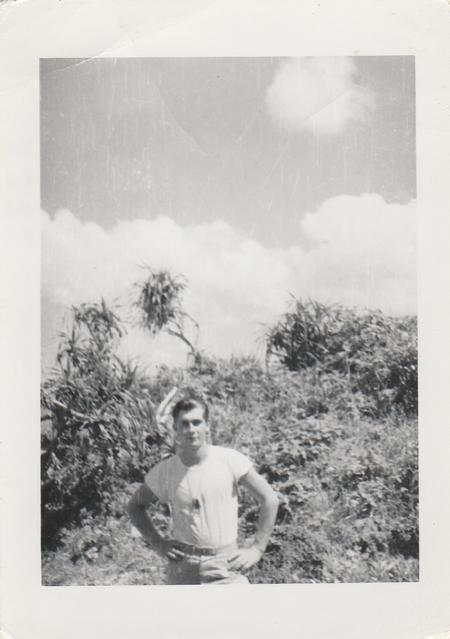ABOUT Kadena Air Base
- World War II Origins: Kadena Air Base was established in 1945 after the Battle of Okinawa, when U.S. forces seized the Yara Hikojo airfield from the Japanese military and began transforming it into a major airfield.
- Largest U.S. Air Force Base in the Far East: Kadena is the largest U.S. Air Force installation in the Asia-Pacific region, covering approximately 6,300 acres and housing about 20,000 Americans.
- Strategic Location: Its position on Okinawa places Kadena within striking distance of key hotspots in East Asia, making it a critical hub for U.S. military operations and rapid response.
- Home of the "Keystone of the Pacific": Kadena is often referred to as the "Keystone of the Pacific" due to its vital role in maintaining regional security and projecting U.S. air power.
- Host to Multiple Units: Kadena is home to the 18th Wing, the largest combat wing in the U.S. Air Force, as well as units from the Army, Navy, and Marine Corps.
- The Blackbird Era: From the 1970s to the 1980s, Kadena hosted SR-71 Blackbird reconnaissance aircraft, which performed high-speed, high-altitude missions across Asia.
- Typhoon Challenges: The base regularly faces powerful typhoons. In 2003, Typhoon Maemi caused significant damage, highlighting the resilience and preparedness of base personnel.
- Cold War Tensions: During the Cold War, Kadena played a key role in intelligence-gathering and deterrence operations, including missions over Vietnam, Korea, and the wider Pacific.
- Environmental Stewardship: Kadena has implemented various programs to protect the local environment, including efforts to preserve the endangered Okinawa dugong and maintain water quality.
- Community Relations: The base has longstanding ties with local Okinawan communities, hosting annual festivals like AmericaFest to foster goodwill and cultural exchange between U.S. personnel and Japanese residents.









